| Medically reviewed by
Robin Backlund, BHSc
Last update:
Watch, or listen the video if you don’t want to read it.
A blood pressure of 99/56 mmHg indicates that you are having a HYPOTENSION [LOW BLOOD PRESSURE], following the latest guidelines from the American Heart Association.
This level might signal an immediate health concern if it drops excessively low.
It’s vital for all – children, adults, the elderly, and pregnant individuals – to monitor such readings and seek medical consultation when necessary.
Untreated hypotension can lead to dizziness, fainting, or more severe complications.
Remember, blood pressure measurements can vary based on factors such as age, gender, weight, and overall health, and ‘ideal’ readings may differ depending on one’s medical background and existing health conditions.
Was this helpful?
Contents
What does a 99/56 blood pressure mean?
The blood pressure value of 99/56 indicates that the individual in question is experiencing low blood pressure or hypotension.
This medical condition occurs when the blood pressure readings for a person are lower than [90/60]. A study “Prevalence of hypotension and its association with cognitive function among older adults” published by Yadollah Abolfathi Momtaz and his team in 2017 in Aging Mental Health suggests that adults with chronic hypotension might experience decrease coongnitive performance overtime.
The ideal blood pressure range for an individual falls between [90/60] and [120/80]. If, for any reason, blood pressure drops below these specified readings, the person is considered to have hypotension.
Here is a blood pressure chart according to the latest guidelines of American Heart Association (AHA).
STAGE | SYSTOLIC mm Hg [upper #] | DIASTOLIC mm Hg [lower #] |
Normal Blood Pressure | Less than 120 | Less than 80 |
Elevated Blood Pressure Pre-Hypertension | 120-129 | Less than 80 |
High Blood Pressure Hypertension STAGE 1 | 130-139 | 80-89 |
High Blood Pressure Hypertension STAGE 2 | 140-180 | 90-120 |
Hypertensive Crisis Consult your doctor immediately | Higher than 180 | Higher than 120 |
NOTE
It’s important to note that this chart doesn’t cover low blood pressure (hypotension). According to the American Heart Association (AHA), doctors do not usually consider low blood pressure a problem unless it causes noticeable signs and symptoms.
Hypotension, as a medical condition, means that the pressure exerted by the blood flowing through the blood vessels is lower than the expected value.
This also applies to the heart’s ability to pump blood to all parts of the body. Low blood pressure indicates that the heart is unable to adequately supply blood to all the body’s necessary areas.
Consequently, more complex medical problems can arise due to low blood pressure.
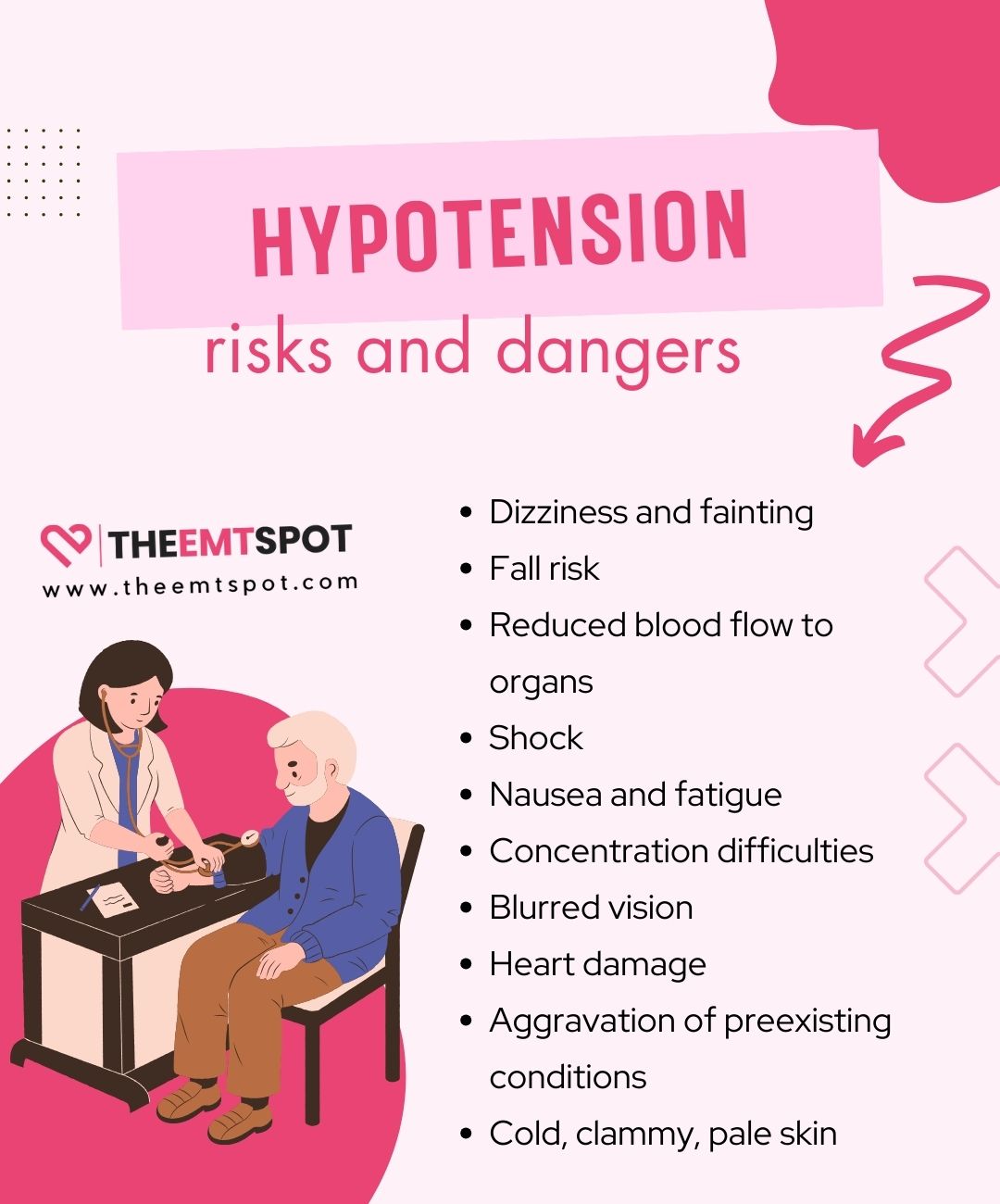
The effects or symptoms of these problems may not be readily apparent in an individual’s overall health, but they certainly impact the individual in multiple ways.
Some of the symptoms you may feel when you 99/56 mmHg are listed below.
- Fast and shallow breathing
- Loss of skin color and cold skin
- Weak pulse
- Fatigue
- Confusion
- Blurred vision
- Lack of concentration or peripheral sense
- Nausea, dizziness, and fainting
- Dehydration
What is the Mean Arterial Pressure (MAP) for a blood pressure of 99/56 mmHg?
The Mean Arterial Pressure (MAP) for a blood pressure of 99/56 mmHg is:
What is the Pulse Pressure (PP) for a blood pressure of 99/56 mmHg?
The Pulse Pressure (PP) for a blood pressure of 99/56 mmHg is:
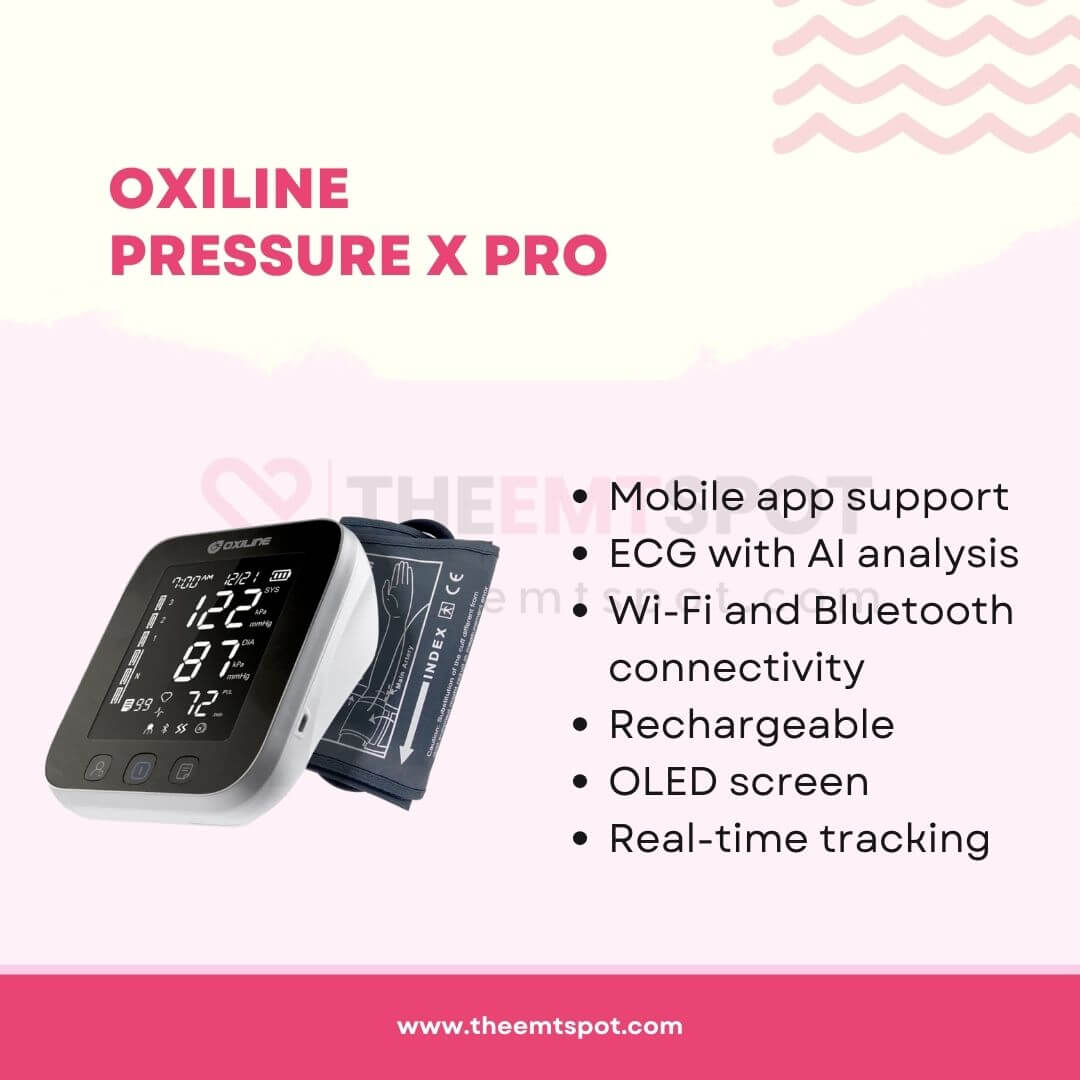
🚨 Exclusive Offer for TheEMTSpot’s Readers 🚨
Are you looking for a reliable way to monitor your blood pressure at home? Look no further! Introducing the Oxiline Pressure X Pro, your go-to device for accurate and hassle-free readings.
Use code EMTSPOT10 at checkout and get an instant 10% OFF THE PRICE!
Don’t miss out on this limited-time offer. Take control of your health today!
What should you do if you have 99/56 mmHg blood pressure?
Here is a set-by-step procedure to follow when you figure out you have a blood pressure of 99/56 mmHg.
- Consult your doctor for accurate blood pressure reading
- Adopt these lifestyle changes to regulate your blood pressure
- Consider using medications for blood pressure management
- Craft a balanced blood pressure-friendly diet
- Monitor for additional health conditions associated with hypotension
- Try natural supplements to support healthy blood pressure level
1. Consult your doctor for accurate blood pressure reading
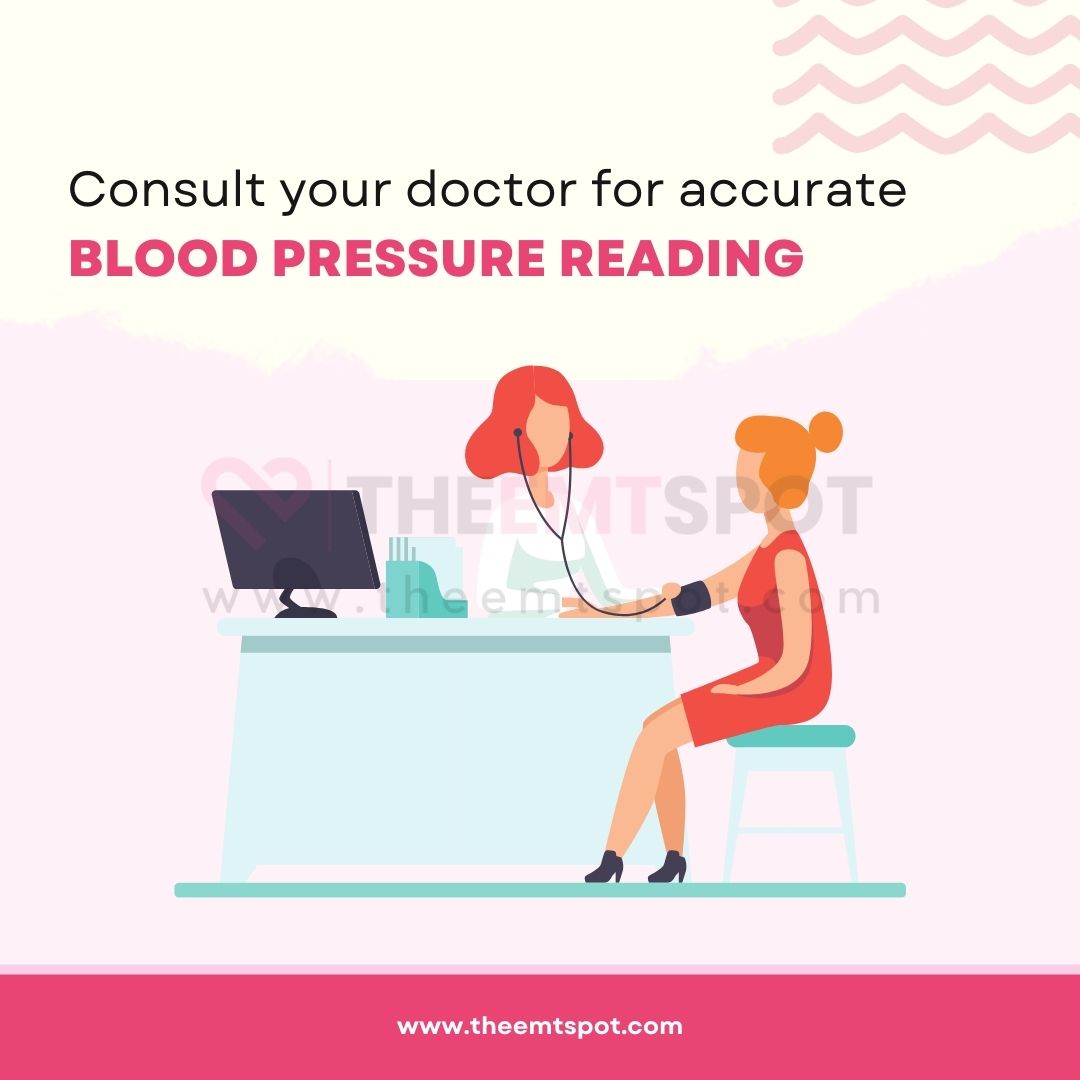
If your blood is 99/56 and you have checked the same in your home setup, it is highly recommended to get it checked at your doctor’s office.
A trained professional has to clinically assess your condition and confirm that your 99/56 is, in fact, clinically valid.
There are instances when your reading at home setup might give you a reading which is incorrectly reported. It could be because of an error in reading it, damage to your device, your physical or mental condition on that particular day, etc.
Therefore, a doctor has to assess it over the course of 7 – 30 days periodically before he/she can confirm the accurate stage of your blood pressure.
In a study “Masked and white coat hypertension, the double trouble of large arteries: A systematic review and meta‐analysis” from the Aristotle University of Thessaloniki, published in 2020 in The Journal of Clinical Hypertension, Christina Antza and his team found something interesting about blood pressure readings.
Sometimes, when people are at the doctor’s office, their blood pressure reads high, but it’s normal when they check it elsewhere. They call this white coat hypertension.
On the flip side, some folks show normal readings at the doctor’s but have high readings at home or other places. This is known as masked hypertension.
All these conditions are linked to physiology and psychology and, therefore, better to be validated by a doctor.
2. Adopt these lifestyle changes to regulate your blood pressure
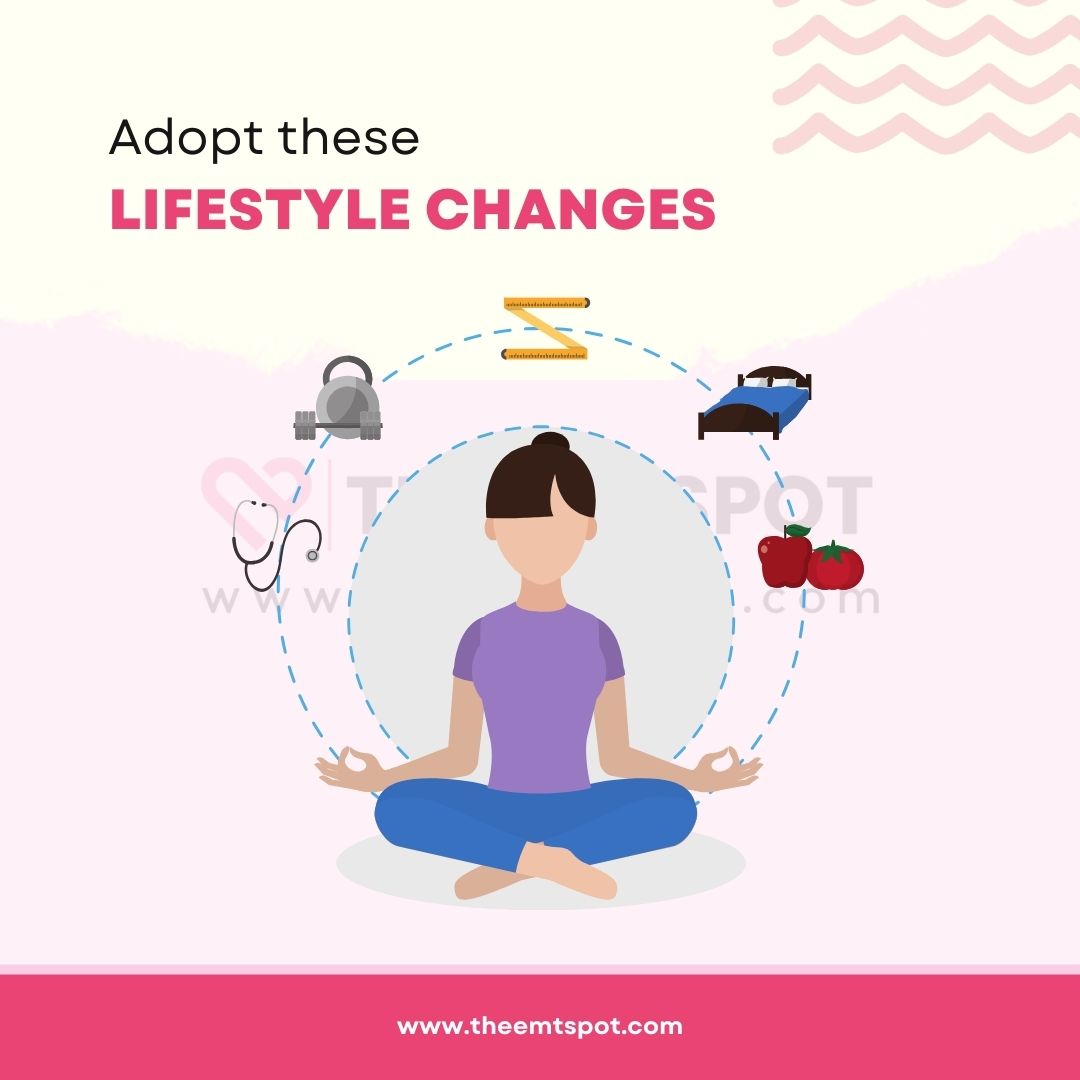
Even the small changes you make in your life can have a really impressive effect on your overall health. And the same can be said regarding the problem of low blood pressure.
If you choose to make reasonable changes in your lifestyle, you can improve your blood pressure to a significant level.
According to a review “Looking for Trouble: Identifying and Treating Hypotension” from P&T Journal published in 2019, here are some of the changes that you can bring into your lifestyle to improve your health and your blood pressure level.
- Increase the consumption of sodium salts.
- Increase the consumption of water, and keep yourself hydrated at all times.
- Eat healthy meals and exercise daily.
- Maintain a healthy body weight.
- Ensure a good emotional atmosphere around you (no stress and anxiety).
- Quit smoking and limit the consumption of alcohol.
3. Consider using medications for blood pressure management
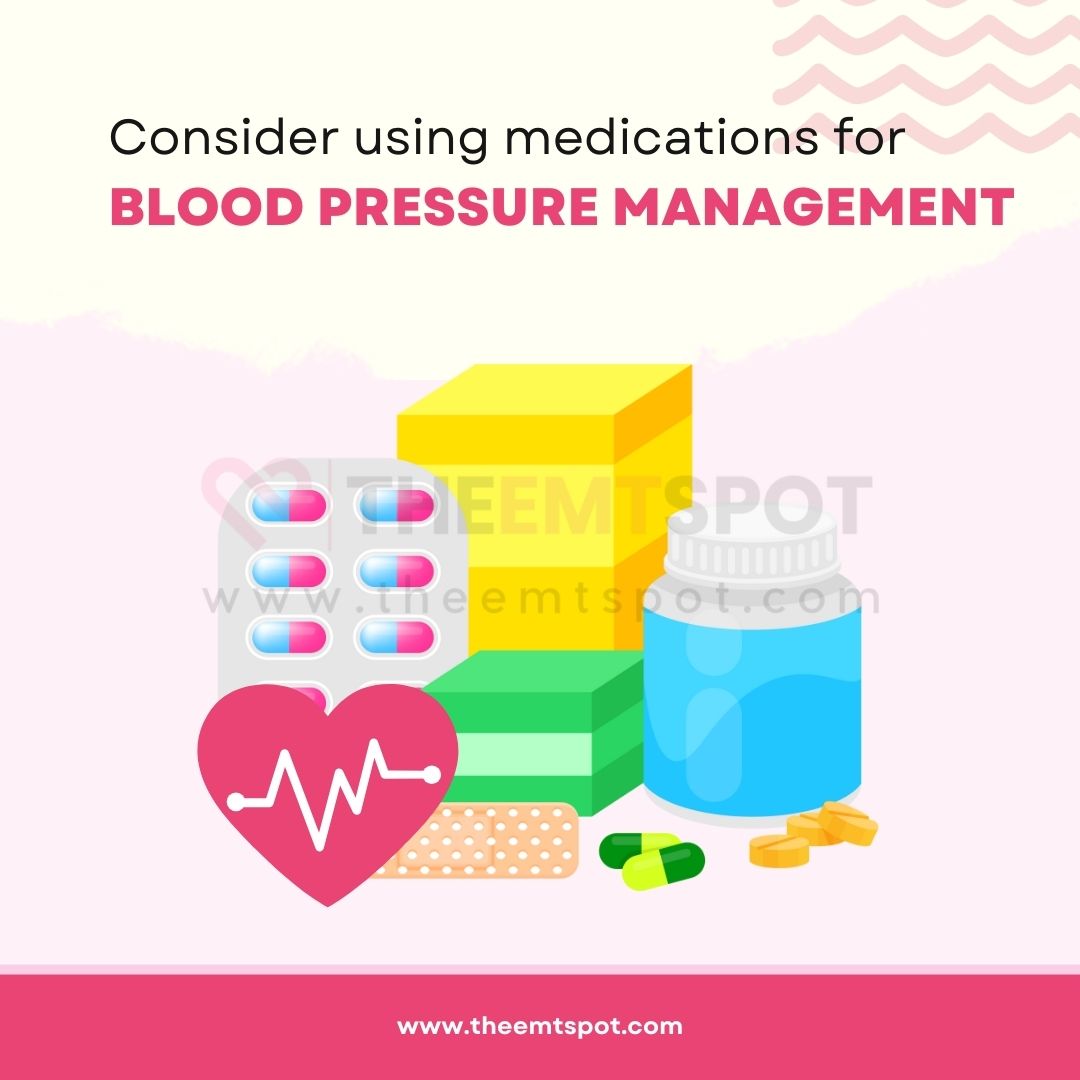
You do not need to hesitate to consult with a physiotherapist about the problems that you are having. Through a relationship of mutual trust, you will be able to get a prescription that will be best suited for your body and overall health.
According to a clinical review “Hypotension: A Clinical Care Review” from U. S Pharmacist published in 2023, following are the prescribed medicines that are greatly helpful for people suffering from low blood pressure.
- Corticosteroids: These are the types of medicines that control the amount of sodium present in our blood. By regulating that particular concentration of sodium in blood they raise the blood pressure of the individual.
- Alpha-adrenergic Agonists: These are the types of medicines that promote the contraction of blood vessels. As a result of this contraction, the pressure of blood over the vessels increases, and the body supports an ideal blood pressure.
- Angiotensin II: This type of medicine increases the extent of retention of sodium in the kidneys, and that contributes to the rise of blood pressure in the body of a person.
- Decongestants: These medicines help reduce the size of the swollen blood vessels and result in the contraction of the said blood vessels. This, as a result, leads to an increase in blood pressure.
- Immunosuppressants: These medicines promote the solubility of the sodium ions in your blood, as a result increasing its concentration. This contributes to rising in the BP of the individual.
4. Craft a balanced blood pressure-friendly diet
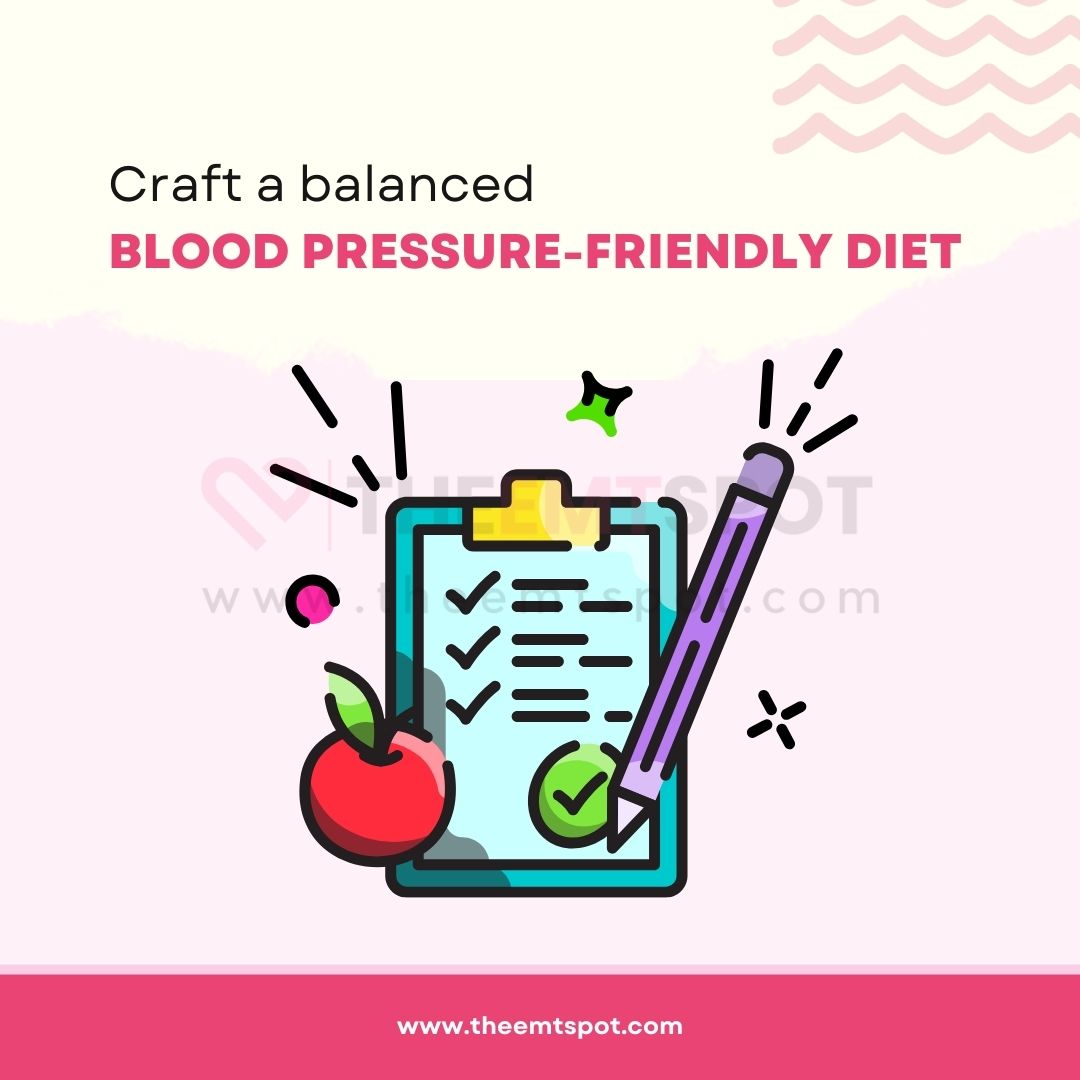
There are significant changes that you can see in your health if you were to eat healthily every day. And particularly in the case of hypotension, you should know what to eat and what not to.
- Caffeine: this is not something that can outright be helpful to your health, but caffeine products are known to increase the blood pressure of an individual. Therefore, support the limited intake of caffeine.
- Sodium salts: these salts promote the regulation of fluids in the body. So, it will be good if you were to increase the intake of salts.
- Drink lots of water: keep yourself hydrated at all times. This will lead to a decrease in the removal of salts from your body and will increase your blood pressure.
- Supplements: use natural supplements to make up for the number of essential nutrients that you are lacking. This will help improve the overall health of your body as well as your blood pressure.
- Say no to junk food: you should avoid the consumption of foods that are rich in carbs. Take small meals multiple times a day for the best of benefits.
5. Monitor for additional health conditions associated with hypotension
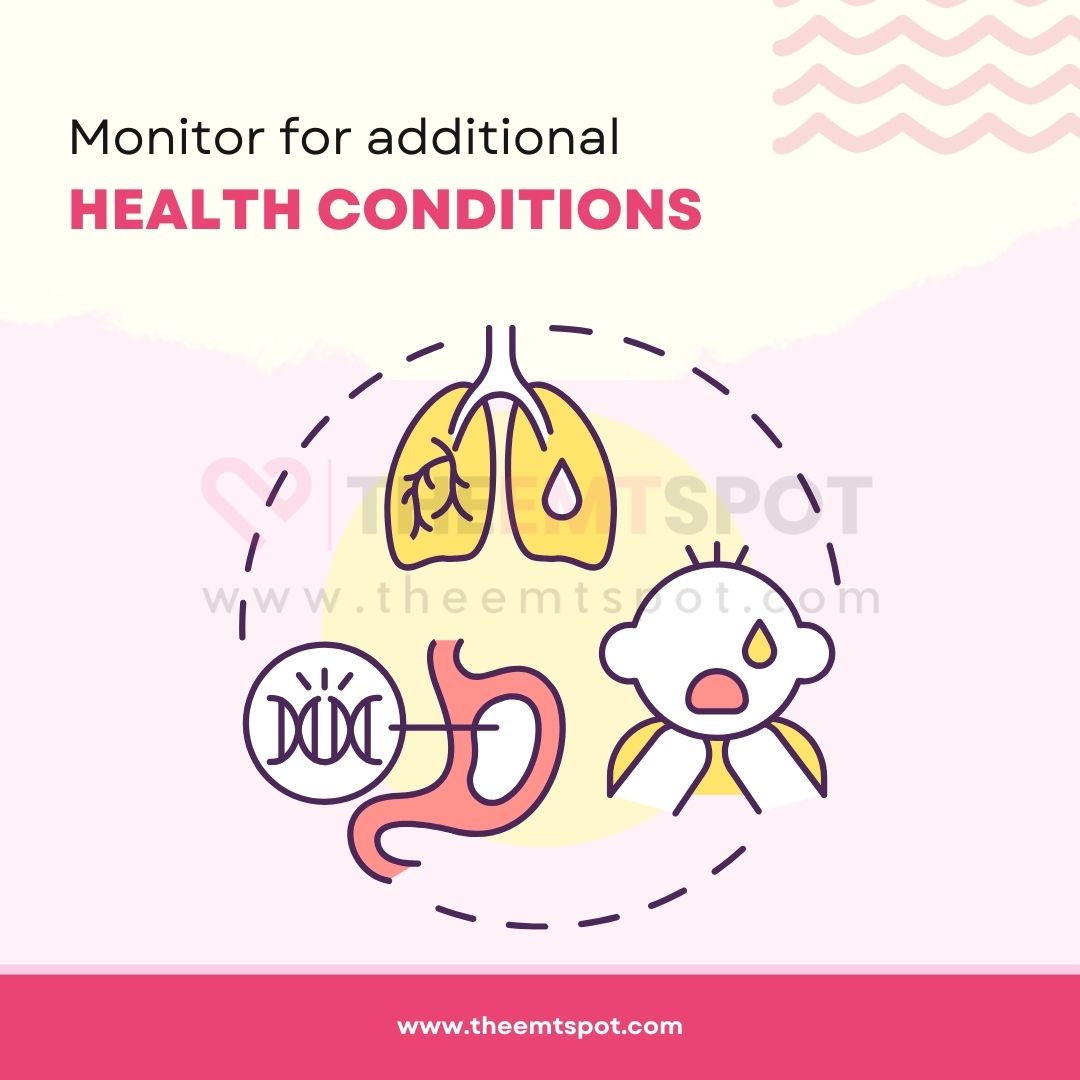
Some of the comorbidities associated with low blood pressure include heart attack, cardiac arrest, heart valve disorder, bradycardia, and hormonal imbalance.
When you have 99/56 mmHg, the above-mentioned comorbidities may follow; if correctly, medical attention is not sought.
Therefore, it is highly recommended to treat your hypotension, get it back to a normal level of 120/80 and maintain it.
Even stress is linked to hypotension in some patients. Since the human body reacts differently to different situations, not only depression and anxiety lead to hypertension, but hypotension, too.
A Norwegian University of Science and Technology study “Association of low blood pressure with anxiety and depression: The Nord‐Trondelag Health Study. Journal of Epidemiology and Community Health” published in 2005 by Bjorn Hildrum, and his team, found that low blood pressure was linked to feeling very tired, weak, dizzy, and having headaches. It was also connected to problems with sleep, feeling anxious, and being depressed.
This is why it is important to get medical attention rather than treating yourself so that the root cause will be rectified and corrected.
6. Try natural dietary supplements to support healthy blood pressure level
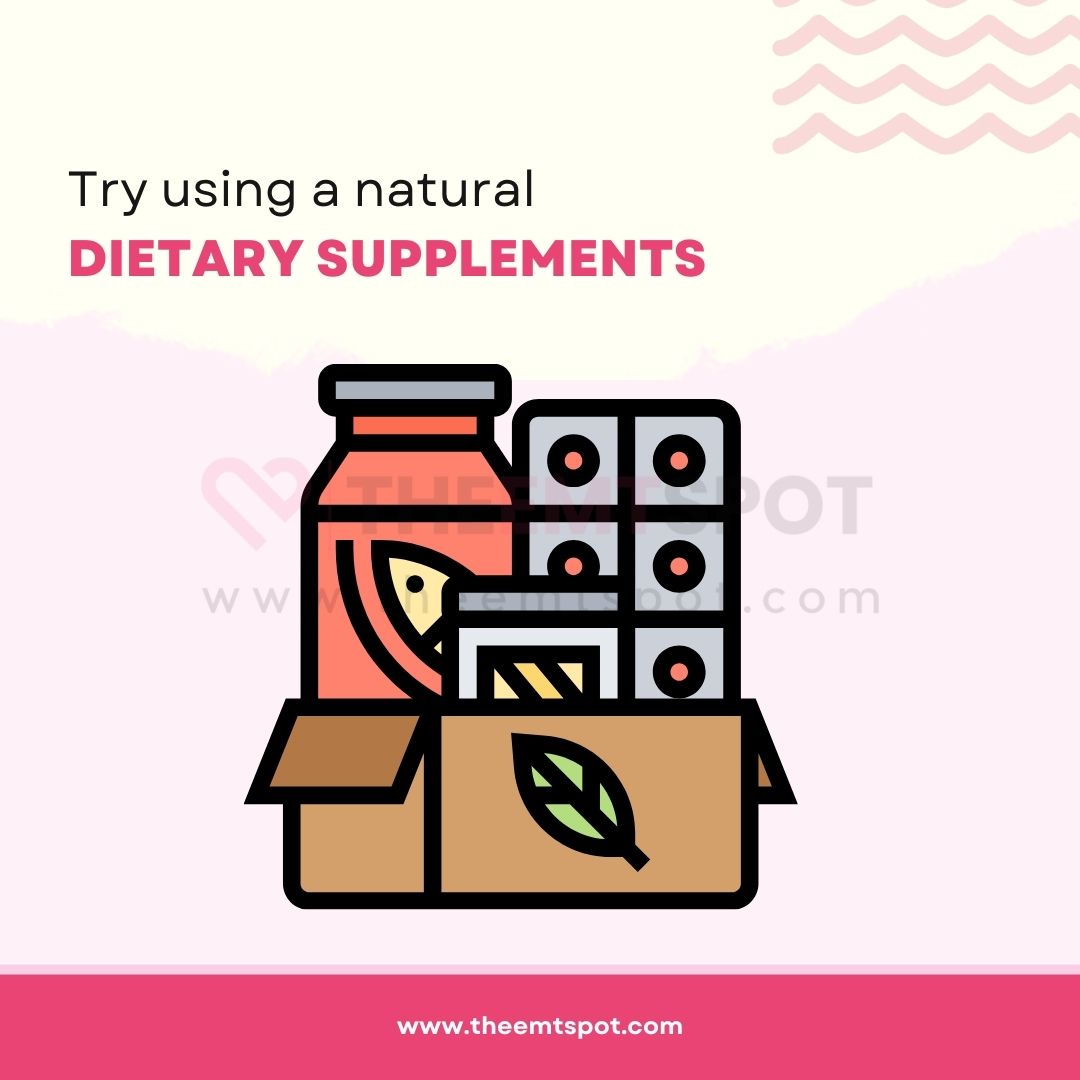
Sometimes, managing blood pressure is all about supplementing your body with the right diet. Food is undoubtedly the best primary source to supplement your body.
However, in the current scenario, we all know how much adultered our foodstuff is, and most of us are pushed towards processed foods to feed ourselves in this fast-paced world.
All these food are high in sugar and sodium and doesn’t contain any vital nutrients that are important for a healthy heart.
This is where some of the nutraceutical-based blood pressure supplements come in handy. These products combine all critical nutrients your heart craves, thereby assisting the better function of your cardiovascular system.
A team of researchers (M. Moradi, M. Asadi-Samani, M. Bahmani) from Shahrekord University of Medical Sciences in Iran in their report “Hypotensive medicinal plants according to Ethnobotanical evidence of Iran: A Systematic Review” compiled a list of medicinal botanicals with anti-hypotensive capabilities. Today, most nutraceutical blood pressure supplements are made using these botanicals as their major ingredients.
Generally, these supplements are a concoction of herbs, plant-based products, dairy products, and some animal products. They are 100% organic and natural and don’t contain any harmful chemicals.
If you are hearing about these segments of products for the first time, to start with, you may blindly go for Blood Pressure Support from Vita Balance Inc.
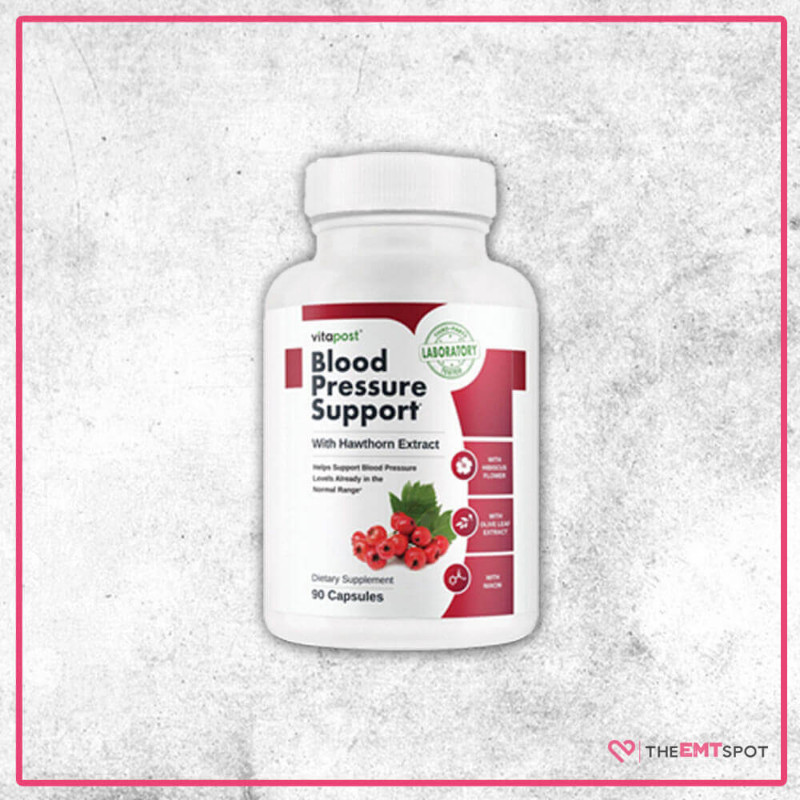
Blood Pressure Support
Blood Pressure Support combines hawthorn berry, olive leaf, hibiscus, and some vitamins like C, B6, B12, niacin, and folate alongside a bunch of other medicinal herbs to support the healthy working of the heart.
The only one thing to keep in mind is that choose the best supplement that promote healthy blood pressure, because when it comes to the heart, there is no taking of risk!
Low Blood Pressure or hypotension is not a problem to be made light of. If done so, it will only lead to more complications shortly. Rather than disregarding this problem, consulting with a professional physiotherapist will do you no harm.
Together, you can come up with the best solutions for you, especially when your blood pressure reading is 99/56 mmHg.
What should you do when your blood pressure is 99/56 mmHg during pregnancy?
If you’re pregnant and your blood pressure is at 99/56, it’s considerably low.
A scientific clinical review “Does low maternal blood pressure during pregnancy increase the risk of perinatal death? Epidemiology (Cambridge, Mass.)” from Creighton University School of Medicine, published in 2007, has found that maternal hypotension is associated with perinatal death after analyzing 41,089 singleton pregnancies.
Low blood pressure, although not as commonly addressed as high blood pressure, can still pose risks during pregnancy, such as fainting spells, increased fall risk, and, in severe cases, decreased blood supply to the placenta.
It’s essential to consult your healthcare provider to evaluate the situation thoroughly and recommend appropriate measures, which may include dietary adjustments, fluid intake, or even medication.
Is blood pressure 99/56 mmHg too low for a men?
For men, a blood pressure of 99/56 mmHg is generally considered low.
While low blood pressure is not always as alarming as high blood pressure, it can lead to symptoms like dizziness, fatigue, and fainting. This could be due to a variety of factors, including dehydration, certain medications, or underlying health conditions.
It’s advisable to consult a healthcare provider for a thorough evaluation and personalized treatment plan.
Is blood pressure 99/56 mmHg too low for a women?
For women, a reading of 99/56 is on the low side.
Women may particularly experience symptoms such as dizziness or fainting, nausea, and a lack of concentration with these levels. Just like men, women should consult a healthcare provider to pinpoint the cause.
Low blood pressure in women can sometimes be related to hormonal changes, pregnancy, or certain medications.
Is blood pressure 99/56 mmHg too low for an elderly?
In the elderly, a blood pressure of 99/56 mmHg can be concerning.
The elderly are generally more susceptible to the adverse effects of low blood pressure, including fainting and falls, which could lead to severe injuries.
Immediate medical consultation is advised to identify any underlying conditions that could be causing the low blood pressure and to initiate appropriate treatment.
Is blood pressure 99/56 mmHg too low for a children?
For children, a blood pressure of 99/56 could be low depending on their age, height, and overall health status.
According to a study “Blood pressure percentile charts to identify high or low blood pressure in children” published by Ashish Banker, Cynthia Bell, Monesha Gupta-Malhotra & Joshua Samuels in 2016, in BMC Pediatrics, the pediatric hypotension limit is identified as 90/50 mmHg, below which posses a significant risk in children.
While children generally have lower blood pressure compared to adults, a consistent reading of 99/56 may warrant further investigation to rule out any underlying conditions or issues.
Consultation with a pediatrician is strongly recommended for an accurate diagnosis and treatment plan.
Is blood pressure 99/56 mmHg too low for an adult?
For an adult, a blood pressure reading of 99/56 mmHg is generally considered low.
Although low blood pressure is less frequently discussed than high blood pressure, it can still cause various symptoms including dizziness, fainting, and fatigue, and may indicate underlying problems.
It is highly recommended to consult a healthcare provider for a comprehensive evaluation and to determine an appropriate treatment strategy.

 Robin Backlund is a dedicated journalist and a medical student who has written several articles and essays exposing the falseness and hollowness of online resources in the medical science niche.
Robin Backlund is a dedicated journalist and a medical student who has written several articles and essays exposing the falseness and hollowness of online resources in the medical science niche.